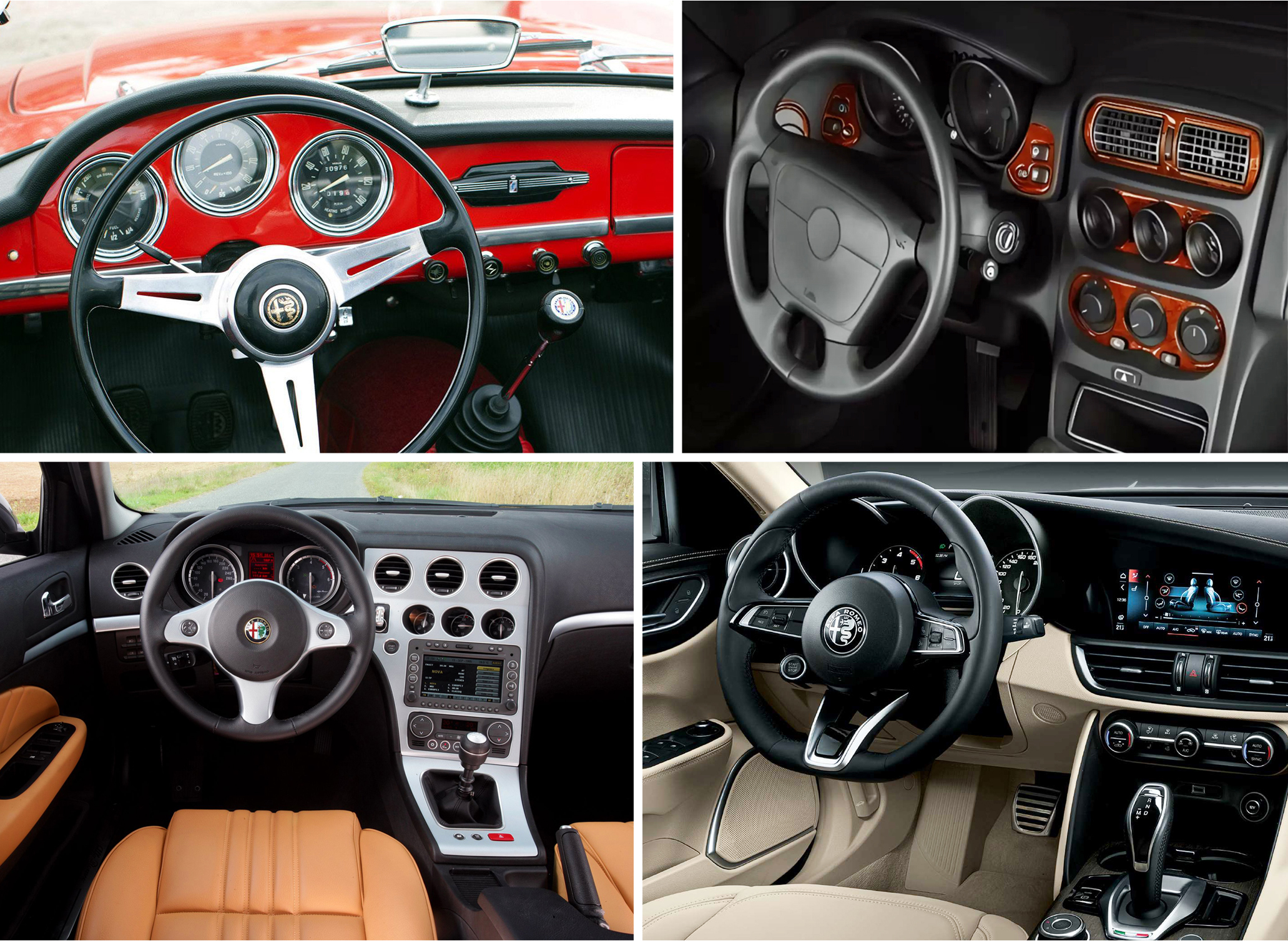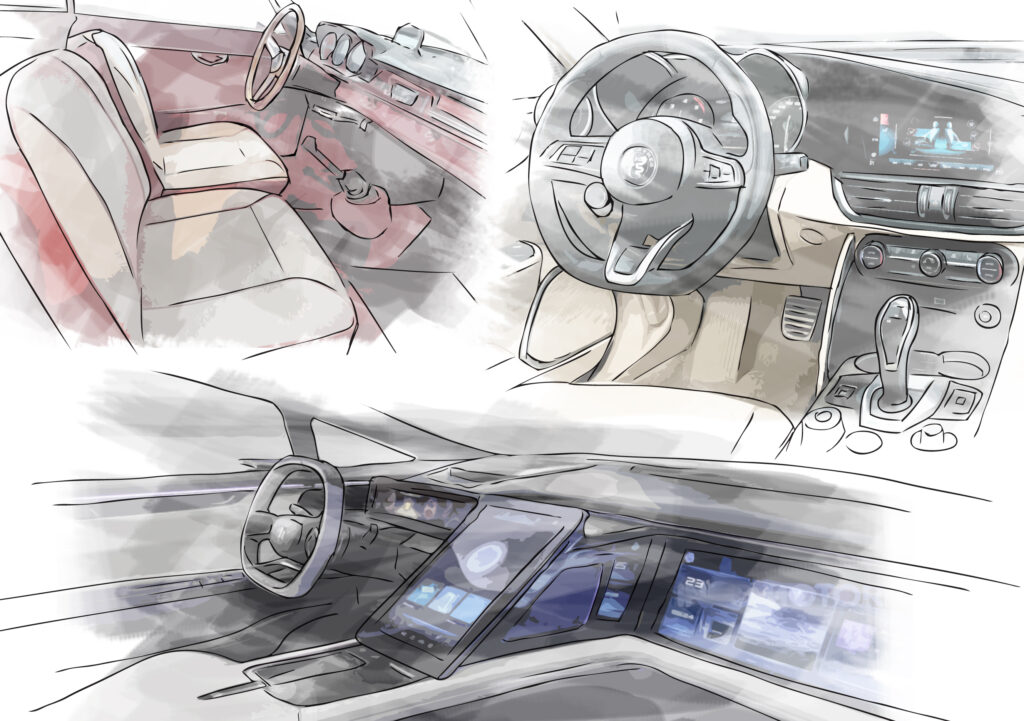Industrial design is the process of functional and aesthetic development of a series product.
The design work develops according to the needs of technical efficiency and utility combined with the original, aesthetically beautiful and recognizable shape of the product in question.
The work of the product designer, principal agent of this process, is to put together the technical and artistic work. On the one hand, he should meet the needs of the market from the point of view of innovation and technological efficiency, on the other he should be able, through his creativity, to make the stylistic elements of the brand in the product legible, making it aesthetically beautiful at the same time.
For example, in the automotive industry, in the development of each component that will make up the car, two figures intervene: the product designer deals with the interior design of the car, the general layout, and is the one who works a synthesis, according to the demands of the market, between functionality and aesthetics, imagining innovative ideas and outside the box at a technical and creative level.
The stylist, instead, works in the synthesis of the stylistic elements of the brand, so that, visually, the car appears immediately recognizable to the eye of the consumer. The stylistic elements are continuously updated according to the evolution of the functionalities and the image of the company (1).
Take for example a classic and influential car like the Alfa Romeo Giulia:

As you can see from the images the evolution of design is always a compromise between technology and style innovation. In recent years, the evolution of car interior design has focused on replacing the mechanical elements of the dashboard, but not only.
In the Alfa Romeo Giulia, it appears the need, also shown by other competitors, to make the interior of the car a place of living that did not exist before. This transition was certainly generated by the dematerialization of levers, buttons and switches that determined the radical transition from analog to digital. This new concept of the car, has brought to its interior infotainment systems that have become the new standard and beating heart of the interior car (2) (3).
This type of technology certainly adds functionality to the car, although it must be implemented carefully given the risk, scientifically documented (4), that the quantity of information given to the driver is excessive, resulting in disorientation and an exponential increase in distraction during driving.
This process is possible by replacing mechanical buttons with custom touch buttons and haptic actuator as feedback on commands. The design must be quick and intuitive and not give the feeling of having a “spaceship” car. Certainly the style that Tesla has launched in the last decade is striking and innovative, but that type of design is exclusively part of the Tesla product, that is, corresponds to its style. The other car manufacturers have different identities that flow into their products that must evolve and not be upset.
èlevit is able to take part in the encounter between design and functionality while maintaining style and ergonomics. In fact, the touch buttons and switches produced by èlevit meet the stringent needs of automotive interior designers from an aesthetic and decorative point of view, while preserving the identity of the car.
And just about the futuristic design reminiscent of spaceships, a good example of a meeting between the creation of a product with high technical characteristics but at the same time aesthetically beautiful is the spaceship Starship designed by SpaceX (5).
The decision to use touch technology for the control panel is actually that out of the box and innovative idea taken by the product designer. This is a disruptive innovation leaving the mechanical buttons in the past. Astronauts even had to re-learn the automatic movements with which to operate in the spacecraft.
èlevit, similarly stands in a disruptive way in the automotive and HMI industries, with the aim of replacing mechanical elements with touch buttons and glass touch switches. The technological innovation in this case, perfectly combines the aesthetic need, proposing a high-level design that exploits the properties of glass.
In short, the pursuit of technological innovations must not, however, result in the approval of marks. It is not necessary that, with the advent of infotainment, all car models resemble a spaceship in terms of technology and functionality.
The meaning of the design idea of a design object is that it adapts and finds a meeting point between innovation and shape.
This is possible through the customization of the components. According to the project provided by the designers, èlevit is able to create any type of user interface glass touch: shape, decoration, coloring, functionality, we do not place a limit to the design in all its forms.
èlevit, the future interaction of glass.
The evolution of design in the automotive industry Read More »


